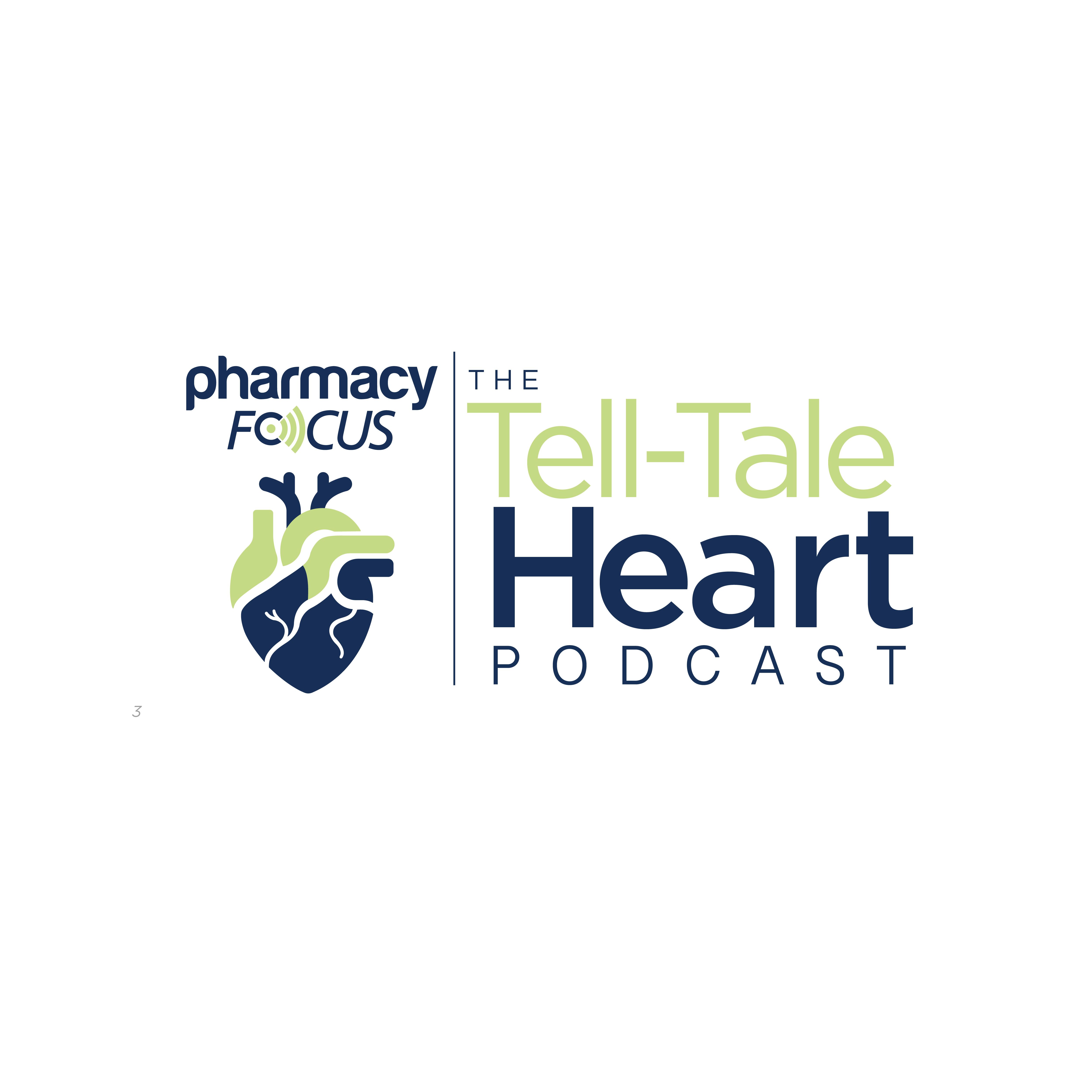News
Video
Bortezomib Off-Week Regimen Shows Promise for Reducing Toxicity in Multiple Myeloma
Erin Harrell, PharmD, offers insights about managing peripheral neuropathy in patients receiving bortezomib.
In an interview with Pharmacy Times®, Erin Harrell, PharmD, PGY2 oncology pharmacy resident at Atrium Health Wake Forest Baptist, discussed her research on the effects of modified bortezomib dosing schedules on peripheral neuropathy in patients with newly diagnosed multiple myeloma. Harrell’s retrospective, observational, multicenter study evaluated whether incorporating an "off week" of bortezomib could reduce the incidence and severity of peripheral neuropathy while maintaining disease response.
Pharmacy Times: Can you discuss what you presented at the HOPA Annual Meeting 2025?
Erin Harrell, PharmD: So, I presented my research that looked into peripheral neuropathy. We compared 2 different regimens—one with a built-in off week for patients and the other with weekly administration of bortezomib.
Pharmacy Times: Can you give an overview of the findings from the study?
Harrell: Yes, for our peripheral neuropathy, we did find that there was a reduced incidence of peripheral neuropathy in our patients that did receive the off week of bortezomib. It was around the same average onset time for peripheral neuropathy in patients, around 140 days, which is typical.
But there are key differences in the way that they do—we compared our Charlotte market versus our Wake Forest market, which were our main comparators in our study, and we did find that they do the cycles for their bortezomib a little bit differently, with a 21-day cycle versus a 28-day cycle. So that is why it ended up being the same.
Pharmacy Times: Did you find any meaningful trends in the time of onset for neuropathy between standard weekly dosing and the off-week schedule?
Harrell: We actually did not. It was around the same average onset time for peripheral neuropathy in patients, around 140 days, which is typical. But there are key differences in the way that they do—we compared, like, our Charlotte market versus our Wake Forest market, which were our main comparators in our study, and we did find that they do the cycles for their bortezomib a little bit differently, with a 21-day cycle versus a 28-day cycle. So that is why it ended up being the same.
Pharmacy Times: Based on your results, do you believe the off-week bortezomib schedule could be a viable alternative in frontline or relapsed settings? If so, in what patient population would it be most beneficial?
Harrell: I'd say, just to kind of walk back to your question—what we've kind of implemented now in our patients, because we did find a little bit of an incidence where they may relapse more quickly in that case for our patients—so we right now are going ahead and not doing an off week for them. We're just continuously giving it to them to hit their disease hard when we're first initiating therapy, and then as they start to have some response, we may drop off and give them less.
But as they move through different regimens and are in more of the relapsed/refractory setting, they're getting more and more of the drug. And so, we know that that means patients experience more neuropathy.
Pharmacy Times: What role do oncology pharmacists play in helping to assess, manage, or even prevent peripheral neuropathy in patients on bortezomib?
Harrell: Yeah, so we see our patients with our physicians when they're coming in on their different visits, and we're really checking to see, “Are they taking gabapentin? Have they started those different therapies?” We're checking in with them to find out how it's worsening, when it's worsening, and really helping our physicians to assess and grade the neuropathies.
Newsletter
Stay informed on drug updates, treatment guidelines, and pharmacy practice trends—subscribe to Pharmacy Times for weekly clinical insights.






